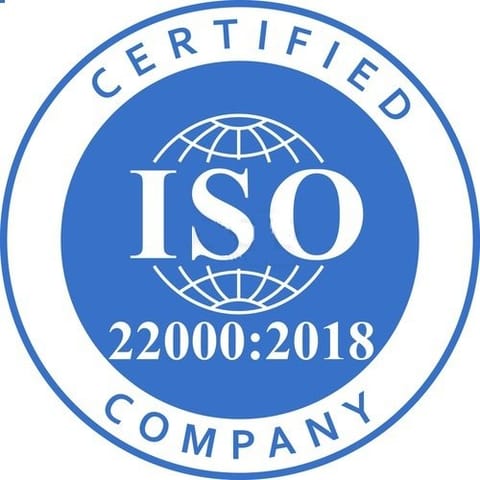₹8,000
₹8,000
₹8,000

International Organization for Standardization (ISO) released ISO 22000:2018 for Food Safety Management Systems (FSMS) – Requirements for any organization in the food chain, in order to provide a framework of internationally harmonized requirements for systematically managing safety in food production. Following the publication of ISO 22000, BIS has adopted this international standard, such as IS / ISO 22000:2018. This standard combines the principles of Hazard Analysis and Critical Control Point (HACCP) developed by the Codex Alimentarius Commission, and combines the HACCP Prerequisite Programs (PRSPs). Risk analysis is the key to a system of safety management as effective food risk analysis helps to organize the knowledge to build an effective combination of controls. ISO 22000 requires that all hazards that may reasonably be expected in the food chain, including hazards that may be associated with the type of treatment and facilities are identified and evaluated. Therefore allows to determine and document the reasons for some of the identified risks should be managed by a particular organization and why others do not need.
ISO22000ce3
International Organization for Standardization (ISO) released ISO 22000:2018 for Food Safety Management Systems (FSMS) – Requirements for any organization in the food chain, in order to provide a framework of internationally harmonized requirements for systematically managing safety in food production. Following the publication of ISO 22000, BIS has adopted this international standard, such as IS / ISO 22000:2018. This standard combines the principles of Hazard Analysis and Critical Control Point (HACCP) developed by the Codex Alimentarius Commission, and combines the HACCP Prerequisite Programs (PRSPs). Risk analysis is the key to a system of safety management as effective food risk analysis helps to organize the knowledge to build an effective combination of controls. ISO 22000 requires that all hazards that may reasonably be expected in the food chain, including hazards that may be associated with the type of treatment and facilities are identified and evaluated. Therefore allows to determine and document the reasons for some of the identified risks should be managed by a particular organization and why others do not need.

